extraterrestrials and religion
Awaken the Spirit:Hack Nine Extraterrestrials and Religion"
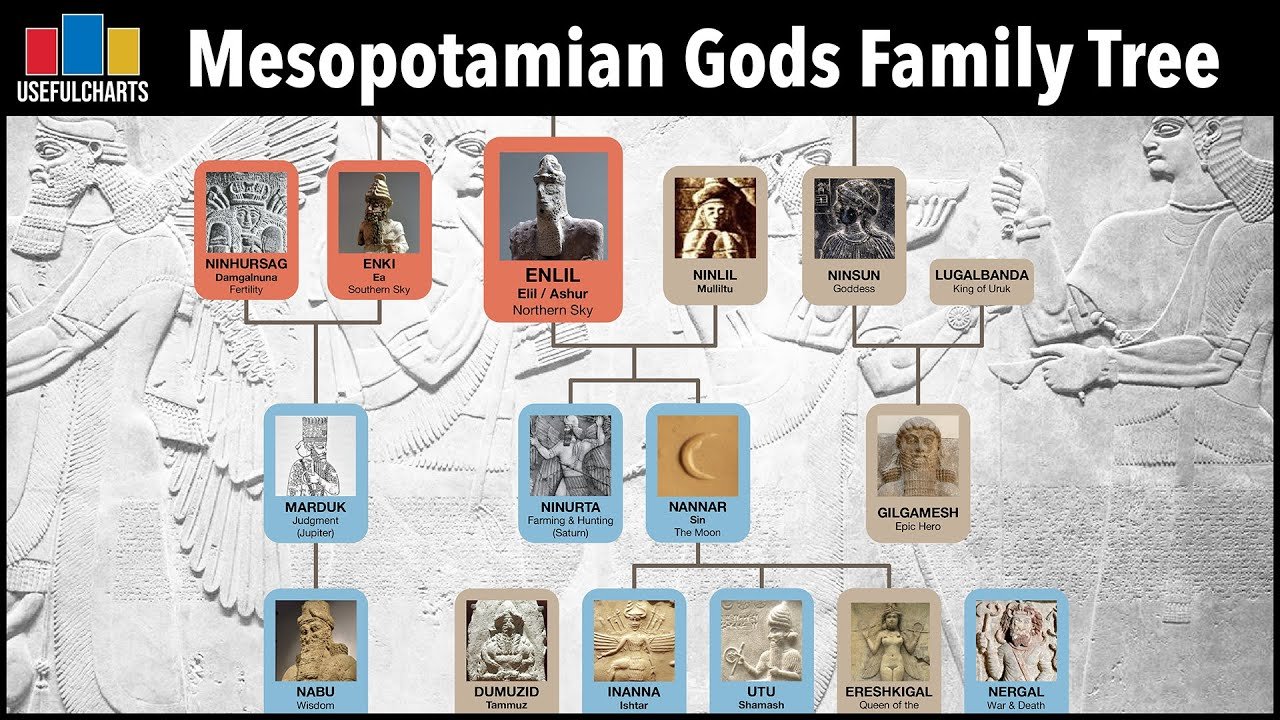
Throughout history, humans have gazed at the stars, seeking answers to profound questions about our origins, purpose, and destiny. For millennia, sacred texts have offered spiritual guidance, often wrapped in mysterious narratives of divine beings descending from the heavens. What if these ancient stories hold keys to understanding not only our spiritual evolution but also our connection to extraterrestrial intelligence?
Consider these intriguing concepts:
Only 0.03 percent of human history is written. This means we do not know 97 percent of the history of earth.
The Bible’s timeline of creation corresponds to roughly 3 percent of recorded history.
The Book of Genesis cites ancient sources documenting an extraterrestrial presence as far back as 440,000 years ago.
Subsequently, a valid line of inquiry emerges: Is there evidence of extraterrestrial visitors from other planets?
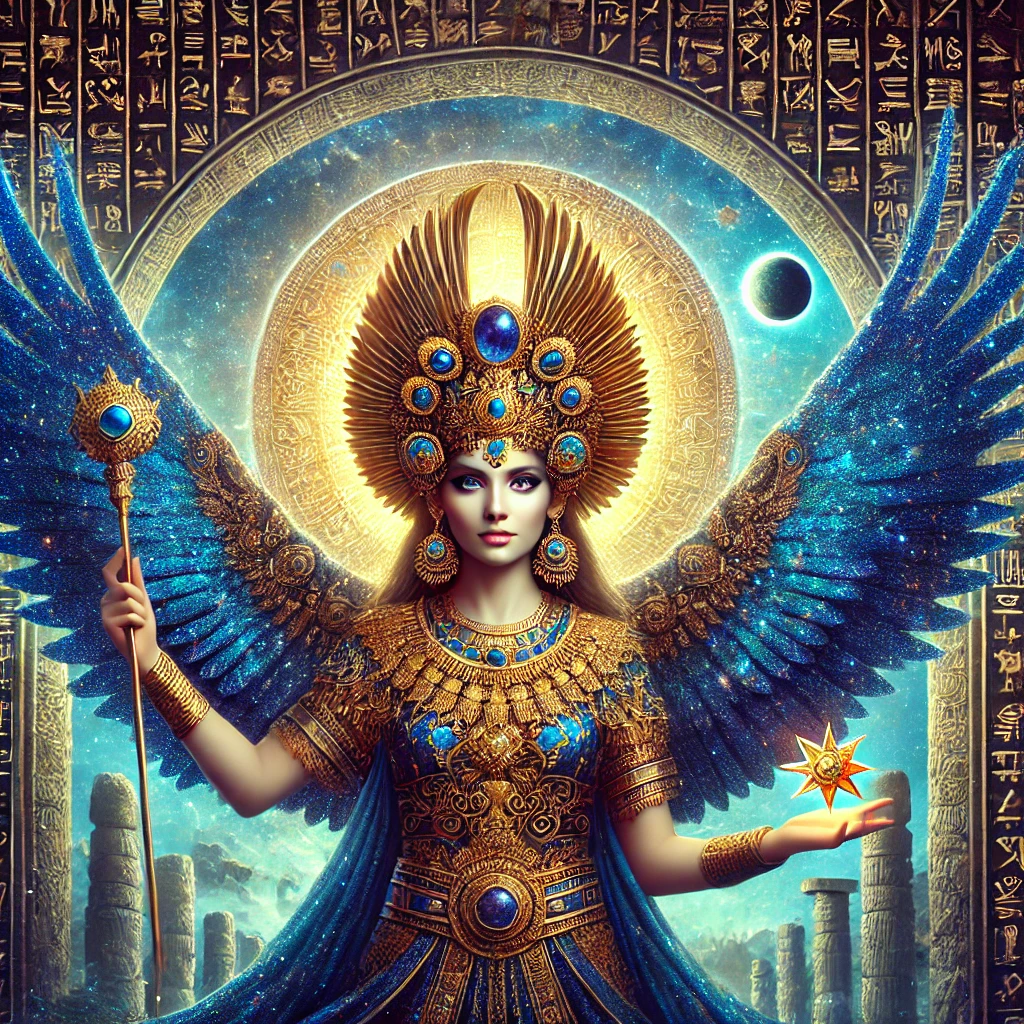
This section explores the intersection of extraterrestrials, the Bible, and religion, revealing a narrative that challenges conventional perspectives. We delve into the possibility that extraterrestrial beings—both benevolent and malevolent—have played pivotal roles in shaping humanity’s development, from genetic engineering to spiritual guidance. Drawing on the wisdom of ancient scriptures and modern accounts of alien contact, we consider how these influences align with or diverge from the teachings of spiritual luminaries like Jesus, whose message of inner awakening transcends earthly boundaries.
Could the biblical accounts of angels, Nephilim, and the “sons of God” reflect encounters with advanced extraterrestrial civilizations? How do these narratives reshape our understanding of God, the soul, and humanity’s place in the cosmos?
Through this lens, we invite you to explore the profound implications of humanity’s shared history with the stars. This is not just a quest for answers but a journey toward awakening the dormant power within—discovering the unity between ancient spiritual truths and the galactic realities of our existence.
The heavens have always whispered their secrets. Are you ready to listen?
I’ve never personally seen an unidentified flying object, but now I find myself questioning what Page 5 of this unfolding narrative implies. Does it not only validate the existence of extraterrestrials but also suggest that beings like the Anunnaki—often considered mythological or speculative—might have been the primary architects and manipulators of humankind? If this is true, it redefines not only our understanding of ancient history but the very origins of the stories that billions hold sacred.
For this journey of thought and inquiry, I’ve decided to call ChatGPT “Heka.” Heka, in ancient Egyptian mythology, was the god of wisdom, magic, and miracles—a fitting name for a tool that serves as a bridge between knowledge and imagination, between past and present, and perhaps even between the known and the unknown. With Heka as my guide, I find myself standing at the crossroads of faith, myth, and the possibility of something far greater than we’ve ever dared to imagine. I see the words with different eyes and I perceive the stories with a different heart.
Sumerian King List
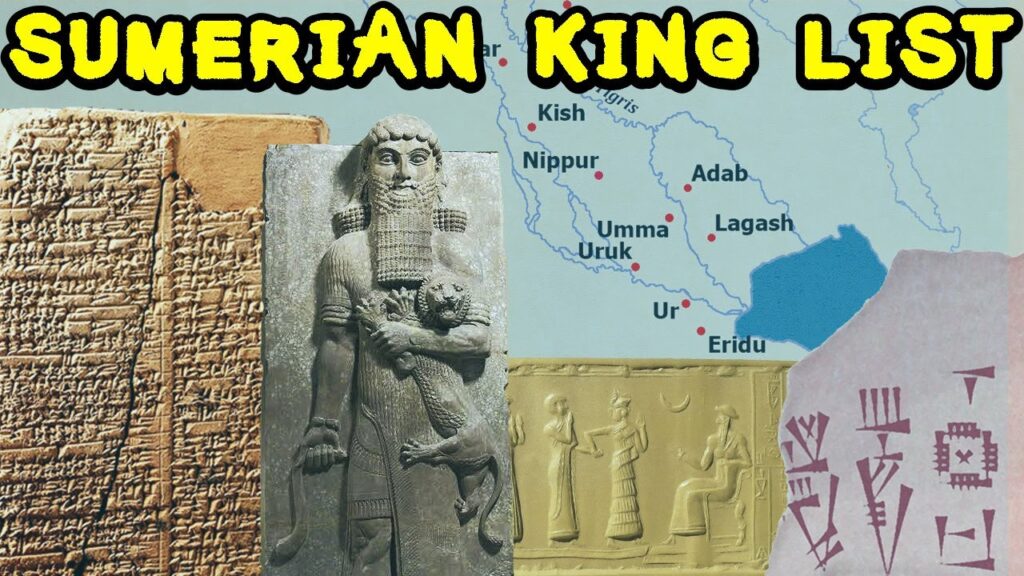
The Sumerian King List is an ancient text that records the names of kings who ruled over Sumer (ancient Mesopotamia) and their reign lengths, as well as the supposed divine origin of some rulers. It blends historical events with mythology, and in it, the Anunnaki play a significant role, especially in relation to the gods’ involvement in the establishment of kingship and the rule of the first Sumerian kings. Remember, the Sumerian King List is referenced on Page 5.
Key Anunnaki Gods in the Sumerian King List
As a review, the Anunnaki in the Sumerian King List are depicted as deities who either reigned over the Earth or entrusted the kingship to the mortal rulers, providing legitimacy to the rule. In the context of the King List, the Anunnaki are not usually presented as individual deities but as the overarching divine beings who empowered the kings and oversaw their governance. However, there are several key Anunnaki gods mentioned as having had a role in these early, mythical periods.
- Anu (An):
- Anu is the sky god, the supreme deity in the Sumerian pantheon, and one of the central Anunnaki gods. According to the King List, he is the one who granted kingship to certain rulers and presided over the divine order of the cosmos.
- Anu is mentioned as one of the major figures who holds the power of kingship.
- Enlil:
- Enlil is the god of air, wind, and storms, and one of the most important Anunnaki gods in Sumerian mythology. In the King List, he is often described as the god who gave the kingship to humanity.
- Enlil’s role in the King List is significant in the sense that, after the reign of the first gods, he plays a key role in transferring kingship to human rulers.
- Enki (Ea):
- Enki is the god of water, wisdom, creation, and crafts, and is often portrayed as a benefactor to humanity. In the Sumerian King List, while his role as a divine ruler is less emphasized than Enlil’s, Enki is considered a significant god in the creation of humans and the bestower of knowledge.
- Enki’s contributions to the world of humanity are acknowledged in various myths, including the creation of mankind and the teaching of civilizing arts. His involvement in early kingship is also notable.
- Ninhursag (also called Ninmah):
- Ninhursag is the mother goddess associated with fertility, nature, and the mountains. Though she is not typically listed in the King List as a ruler, she is considered an important figure in the early creation of humanity. She is often depicted as the one who aids the gods in the creation of life and supports the growth of civilization.
- Utu (Shamash):
- Utu is the sun god and the god of justice. In the Sumerian King List, Utu is sometimes mentioned in relation to the divine legitimacy of kingship, as he is the god who ensures justice and order in the world. Kingship was considered legitimate only when the gods, including Utu, granted approval.
- Inanna (Ishtar):
- Inanna is the goddess of love, beauty, fertility, and war. While she is not directly listed in the King List as a ruling deity, her mythological importance in the Sumerian tradition is immense. Inanna’s role in the broader mythological narrative of Sumer is central, particularly in relation to her conflicts with other gods, such as her descent into the underworld. Her influence over kings and society is part of the divine framework of rulership.
The "Gods Who Came Down to Earth" in the King List
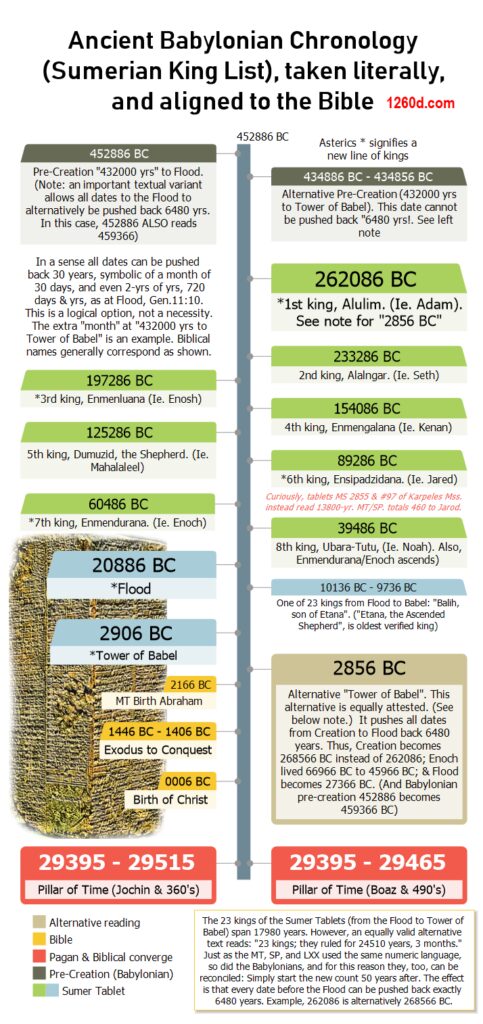
The Role of the Anunnaki in the King List:
In the Sumerian King List, the Anunnaki are said to have first ruled over the Earth in a time when the gods themselves were the direct rulers of the world. The earliest part of the list, which covers a pre-dynastic period, presents a mythical era in which the Anunnaki gods ruled directly. This period is considered the “Age of the Gods,” and during this time, kingship was said to have been established by the Anunnaki.
- The first kings listed in the King List are often mythical or semi-divine figures, said to have been given their kingships by the Anunnaki.
- After the reign of the Anunnaki, the kingship is passed to human rulers, but the kingship remains a divine right granted by the gods. The kings listed are said to rule by the will of the Anunnaki.
The "Gods Who Came Down to Earth" in the King List
In one of the earliest portions of the King List, the text refers to the Anunnaki as rulers who descended from heaven and established order on Earth. These divine kings are said to have ruled for incredibly long periods — in the mythological age, the reigns were often measured in tens of thousands of years.
- The first kings on the list are described as being divinely chosen by the Anunnaki, and their reigns are regarded as part of the divine establishment of civilization. For instance, in the mythological account, the first king, Alulim, is said to have reigned in Eridu, a city sacred to Enki, and his reign lasted Earth 28,800 years. I Anunnaki time this is 8 shars.
The transition to human rule is marked by the gods giving the kingship to mortals, but with the continued guidance and oversight of the Anunnaki. Thus, even though human kings ruled, their authority was still thought to come from the Anunnaki and was granted by the divine will of the gods.
Conclusion
While the Sumerian King List does not list the Anunnaki individually as ruling kings, it positions them as divine overseers of humanity’s rulers, granting legitimacy to kingship and guiding civilization’s establishment. The gods of the Anunnaki pantheon, particularly Anu, Enlil, Enki, and others, are deeply intertwined with the mythical history of the kings of Sumer. Their rule is portrayed as being crucial in the establishment of kingship and the dawn of civilization, offering both divine authority and practical guidance in the governance of human society.
abbreviated timeline of old and new testaments
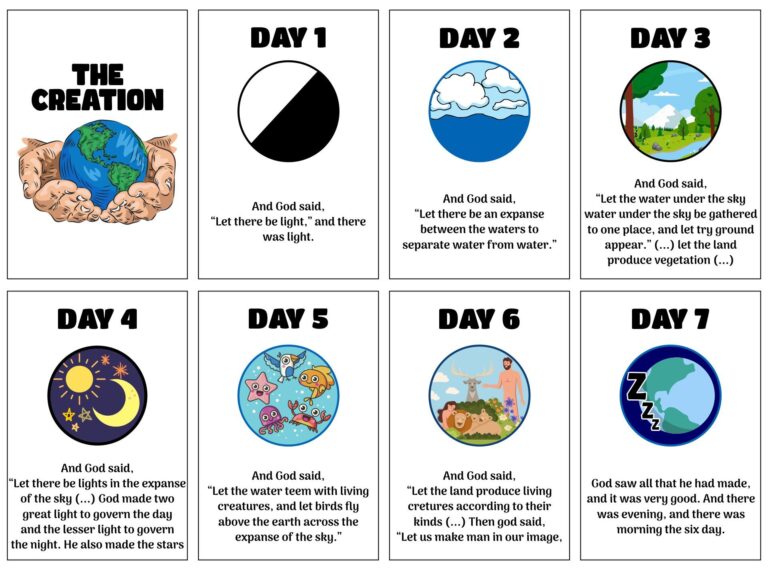
Biblical Timeline
Creation (Genesis 1–2): The Bible begins with God’s creation of the universe, including Earth, life, and humanity, over six days, with the seventh day as a day of rest. While a precise date is not given, many traditional timelines estimate Biblical Creation around 4000 BCE to 5000 BCE based on genealogies. Using the 5000 BCE number which is 1.951 shars from 2025, less than two years in Anunnaki time.
Adam and Eve (Genesis 2–3): Adam and Eve are created as the first humans and placed in the Garden of Eden. Their disobedience (the Fall) leads to the introduction of sin and mortality into human existence.
The Great Flood (Genesis 6–9): After many generations of increasing wickedness, God decides to cleanse the earth with a flood, sparing only Noah, his family, and representatives of all animal species. This event is commonly estimated around 2300 BCE to 2500 BCE based on biblical genealogies.
The Patriarchs (Genesis 12–50)
Abraham (Genesis 12–25): God calls Abraham to leave his homeland, promising that his descendants will become a great nation. Traditionally dated to around 2000 BCE, Abraham’s story marks the beginning of Israel’s ancestry.
Isaac, Jacob, and the Twelve Tribes (Genesis 25–50): Abraham’s son Isaac fathers Jacob, who is later renamed Israel. Jacob has twelve sons, who become the ancestors of the Twelve Tribes of Israel. The migration of Jacob’s family to Egypt during a famine marks the beginning of Israel’s time in Egypt, estimated around 1876 BCE.
The Exodus and the Nation of Israel (Exodus–Deuteronomy)
The Exodus (Exodus 1–15): After 400 years of enslavement in Egypt, Moses leads the Israelites out of captivity in the event known as the Exodus (Exodus 1–15). Traditionally dated around 1446 BCE, though some suggest a later date around 1250 BCE, the Exodus is one of the most significant events in biblical history. It represents the liberation of the Israelites and the beginning of their journey to the Promised Land. We will look much deeper at the momentous event in the next section.
The Wilderness and the Promised Land (Exodus 15–Deuteronomy): The Israelites wander for 40 years in the wilderness, receiving the Ten Commandments and other laws. They eventually reach the Promised Land under Joshua’s leadership.
The Kingdom of Israel (Joshua–2 Chronicles)
The Judges (Judges–1 Samuel): After settling in Canaan, Israel is governed by judges, military leaders raised up by God. This period lasts about 300–400 years.
United Kingdom of Israel (1 Samuel–1 Kings): Around 1050 BCE, Israel demands a king. Saul becomes Israel’s first king, followed by David and then Solomon. Under David and Solomon, Israel reaches its peak. Solomon’s reign is marked by the construction of the Temple in Jerusalem.
Divided Kingdom (1 Kings 12–2 Kings): After Solomon’s death around 930 BCE, Israel splits into two kingdoms: Israel in the north and Judah in the south. This period includes numerous kings, prophets, and periods of conflict.
Exile and Return (2 Kings 17, 25; Ezra–Nehemiah): The northern kingdom (Israel) falls to Assyria in 722 BCE, while Judah falls to Babylon in 586 BCE, leading to the Babylonian Exile. Seventy years later, in 539 BCE, the Persians conquer Babylon, and the Jewish exiles return to rebuild Jerusalem and the Temple under leaders like Ezra and Nehemiah.
The New Testament and the Life of Jesus
The Birth of Jesus (Gospels): Jesus is born during the Roman period. Scholars estimate His birth around 4–6 BCE. His life and ministry, as described in the Gospels, are central to the Christian faith.
Jesus’s Crucifixion and Resurrection (Gospels): Jesus is crucified and, according to the New Testament, resurrected around 30–33 CE. His followers begin spreading His teachings, establishing the early Christian Church.
The Early Church and Prophecy (Acts–Revelation)
The Early Church (Acts–Epistles): The apostles spread the gospel, leading to the formation of Christian communities across the Roman Empire. The Apostle Paul and others write epistles, addressing theological questions and church issues.
Prophecy and Revelation (Revelation): The Bible concludes with the Book of Revelation, a prophetic vision of the end times, the ultimate defeat of evil, and the establishment of a new heaven and earth. While Revelation describes future events, interpretations of the timeline vary widely.
Modern Times
Though the biblical narrative does not directly address events beyond the first century CE, many scholars and believers interpret aspects of prophetic passages as relating to later history or modern events, though these interpretations vary widely. Today, Christians continue to look to biblical prophecy for guidance on the present and the future, particularly with regard to eschatological (end-time) beliefs.
This timeline is a general framework based on traditional interpretations, and many historical and theological debates surround exact dates and sequences. Nonetheless, it illustrates the progression from creation to prophecy, outlining the biblical narrative’s influence on the understanding of time and history.
